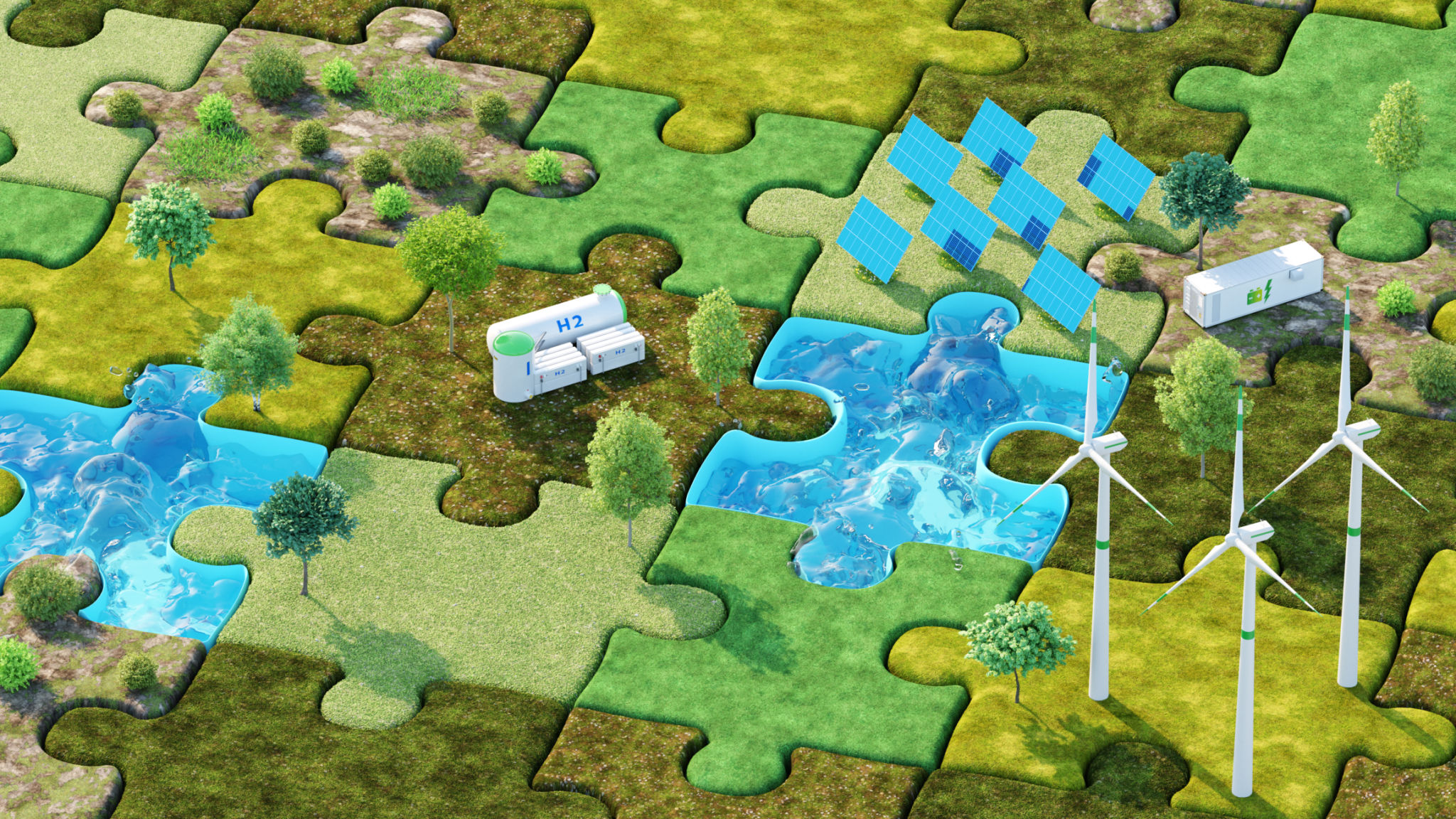Expert Lawn Care Advice for Urban Homeowners: A Comprehensive Guide
Understanding Urban Lawn Challenges
Urban homeowners often face unique challenges when it comes to lawn care. Limited space, pollution, and shade from buildings can all affect the health of your grass. It’s essential to recognize these factors and adjust your lawn care practices accordingly. By understanding the specific needs of an urban lawn, you can create a lush, green space in the heart of the city.
Pollution from vehicles and nearby industries can lead to soil contamination, which impacts grass growth. Moreover, urban lawns often have to contend with compacted soil due to high foot traffic, making it difficult for grass to thrive. Taking proactive steps to address these issues is crucial for maintaining a healthy lawn.

Choosing the Right Grass Type
Selecting the appropriate grass type is vital for urban lawns. Not all grass varieties are suited for the shade or limited sunlight found in a city environment. Consider varieties like fine fescue or perennial ryegrass, which are known for their shade tolerance and ability to thrive in cooler climates.
Before choosing a grass type, assess your lawn’s specific conditions, such as sunlight exposure, soil type, and climate. Consulting with a local garden center or lawn care expert can provide valuable insights into what types of grass will work best for your specific situation.

Regular Maintenance Practices
Consistent maintenance is key to keeping an urban lawn healthy. This includes regular mowing, watering, and fertilizing. Mow your grass at the proper height to encourage root growth and prevent weeds. Typically, keeping the grass around three inches tall works well for most types.
Watering is another critical aspect of lawn care. Urban lawns may suffer from inconsistent rainfall due to city landscapes. Water deeply but infrequently to encourage deep root growth. Early morning is the best time to water your lawn to minimize evaporation.

Fertilization and Weed Control
Fertilizing your lawn provides essential nutrients that promote healthy growth. Use a slow-release fertilizer tailored for your grass type and apply it seasonally. Be sure not to over-fertilize, as this can lead to thatch buildup and increased pest activity.
Weed control is equally important in maintaining a pristine lawn. Regularly inspect your lawn and remove weeds by hand or use a targeted herbicide. Preventive measures, like maintaining a thick turf, can naturally suppress weed growth.
Dealing with Pests and Diseases
Pests and diseases are common issues that urban lawns face. Identifying signs of infestation early can prevent significant damage. Look for discolored patches or unusual patterns in your grass as indicators of potential problems.
Implementing integrated pest management (IPM) strategies can help manage pests effectively. This approach combines cultural, mechanical, and chemical control methods to minimize the impact on the environment while maintaining a healthy lawn.

Sustainable Lawn Care Practices
Incorporating sustainable practices into your lawn care routine benefits both the environment and your wallet. Consider using organic fertilizers and pest control products to reduce chemical runoff into local waterways.
Xeriscaping is another sustainable option that involves using drought-resistant plants and grasses to reduce water usage. This not only conserves water but also provides a unique aesthetic appeal to your urban lawn.

Seeking Professional Help
Sometimes, despite your best efforts, professional help may be needed. Hiring a lawn care service with experience in urban environments can provide expert guidance tailored to your specific needs. They can offer services like aeration, soil testing, and advanced pest control treatments.
By following these expert tips, urban homeowners can overcome the unique challenges of city living and enjoy a beautiful, healthy lawn year-round.
